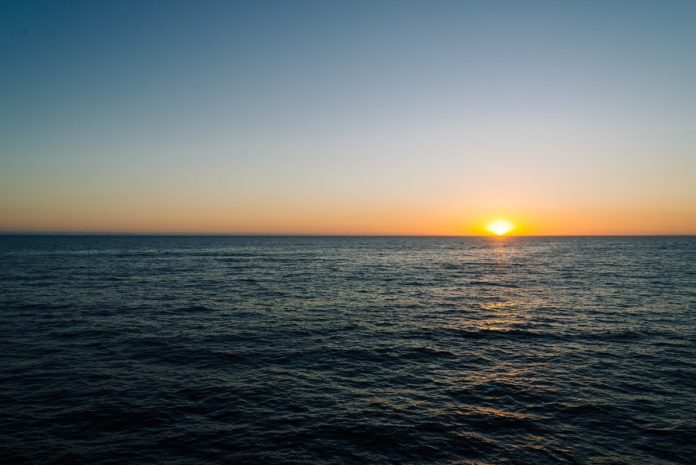Researchers from the University of Bath have developed a new desalination process that could become an ideal solution for remote locations affected by natural disasters.
The research team has developed a prototype of a 3D-printed desalination system that is driven by AC electricity. They describe it as a low-energy system with no moving parts.
The system combines cationic diodes based on Nafion ionomer-coated microhole array substrates with an anion conducting membrane. Nafion is a synthetic polymer with ionic properties that is produced by Chemours, a unit of US chemical group DuPont.
“The possibility of combining ionic diodes with ionic resistors to form AC-electricity-driven desalination circuit systems has been reported previously purely as a concept,” the researchers said.
This combination has allowed them to create a 3D-printed, four-chamber system to be configured with two internal chambers to extract and accumulate salt. They have tested the system in three different configurations with aqueous sodium chloride (NaCl) and have found that it works. They have admitted, however, that experimental limitations are still significant.
“Materials fail under pulse conditions in saltwater and the rectification effect needs to be improved,” the research group said. “A particularly weak part of the current system is the Fumasep FAS-130 anion conductor that rapidly degrades.”
The scientists believe that they could have a real working mobile desalination unit within five years. “The system promises desalination without any moving parts and without production of electrolytic waste products,” they said.
The system is presented in the paper An AC-driven desalination/salination system based on a Nafion cationic rectifier, published on the ScienceDirect website.
The new device has the potential to be operated in mobile, solar-powered units, the researchers said. “There are times when it would be enormously beneficial to install small, solar-powered desalination units to service a small number of households,” added co-author Frank Marken.
Desalination plants are a vital source of clean water in many parts of the world, with several thousand plants already in operation in 150 countries. Desalination processes, however, are typically energy-intensive and further improvements are needed to expand the use of this technology on a global scale.






